Search
Categories
Archive
- September 2022
- February 2022
- September 2021
- May 2021
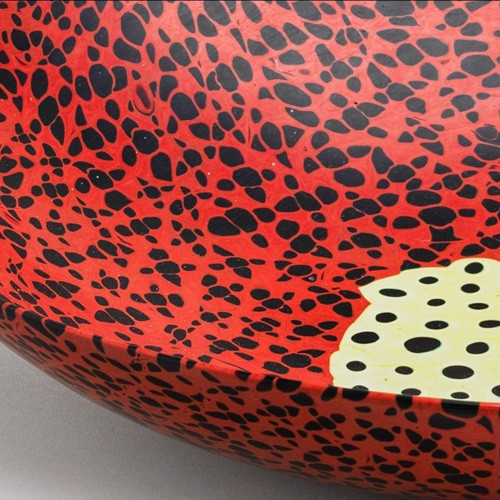
The opaque murrine glassware is the outcome of Carlo Scarpa ’s further research on the technique experimented with Paolo Venini in 1936, when the two conceived the “Roman...
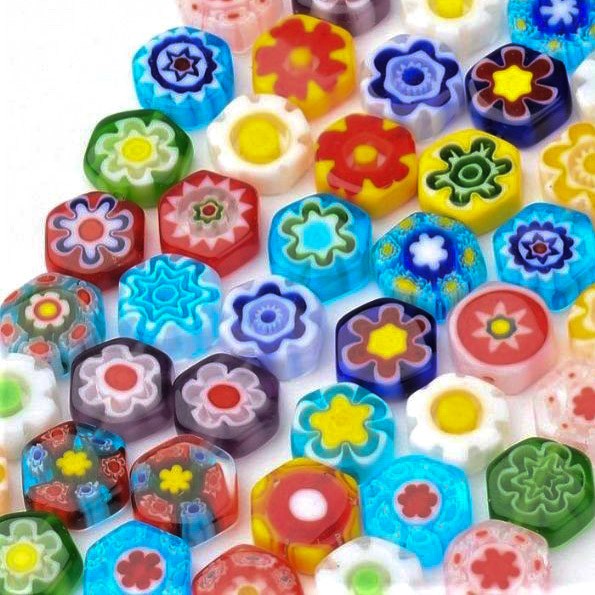
This is one of the oldest known processes, the first examples go back to the Roman times. Items made this way were already existed in the XVI century. Fallen out of use, this technique was started...
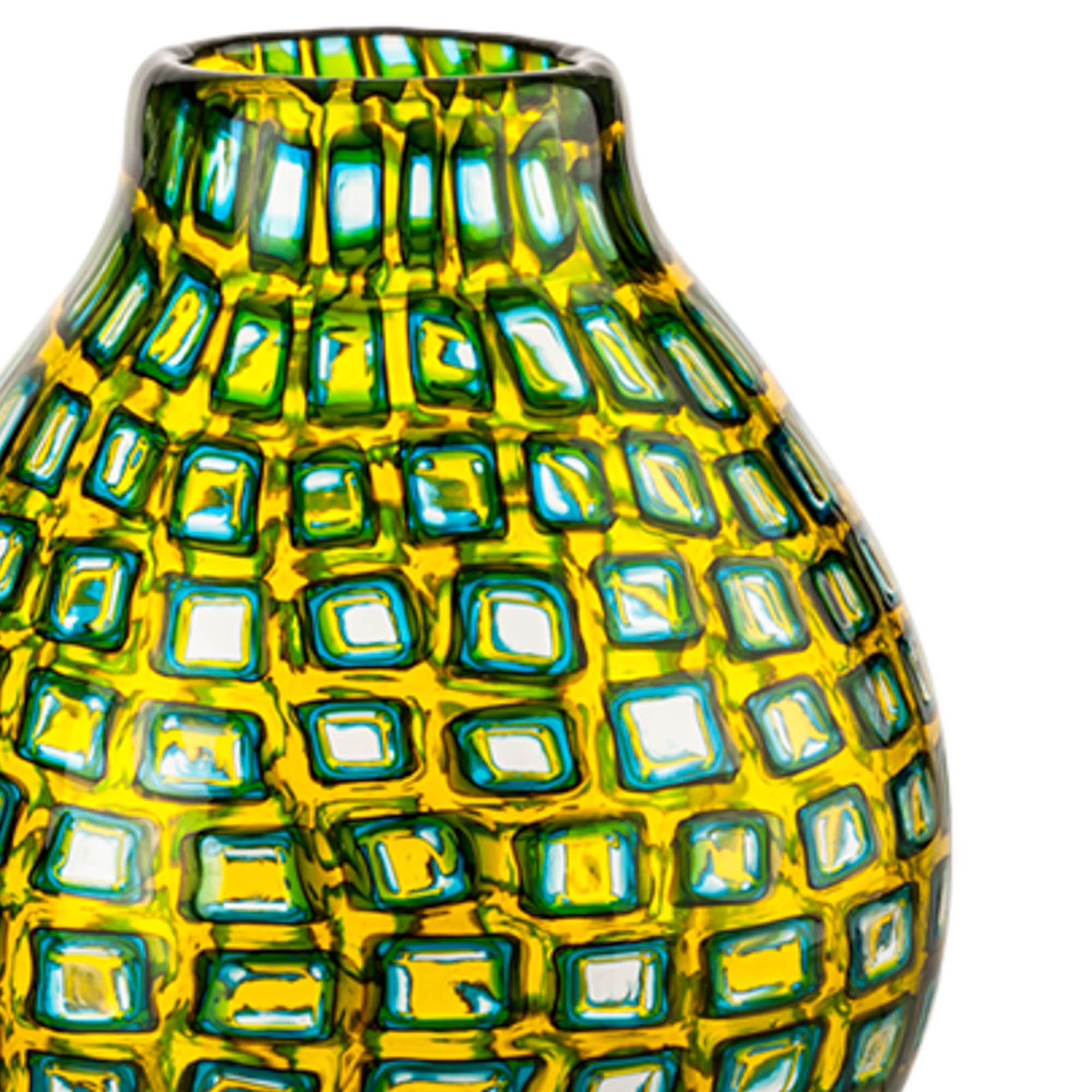
The murrine romane (“Roman” murrine) were the result of a collaboration between Carlo Scarpa and Paolo Venini , who decided to create a new series of glass pieces by drawing on ancient murrine ...
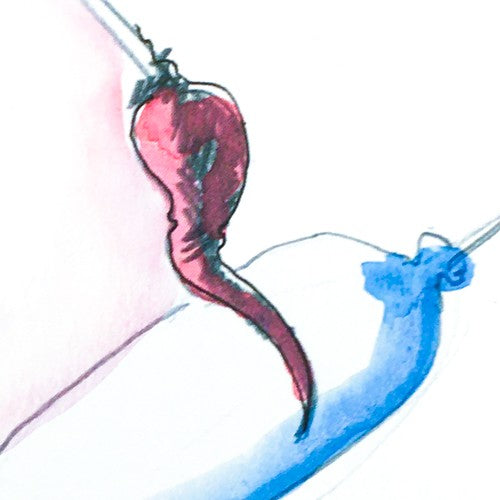
The term "morisa" refers to a decorative technique used in glassmaking, in which a wide glass cord, similar to a ring or band, is heat-applied (a caldo) to the primary object. This method allows de...
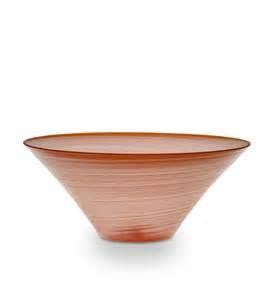
Literally Half filigree . Decoration consisting on fine, parallel, coloured threads between layers of crystal. In order to achieve the desired fineness, the vessel to be d...
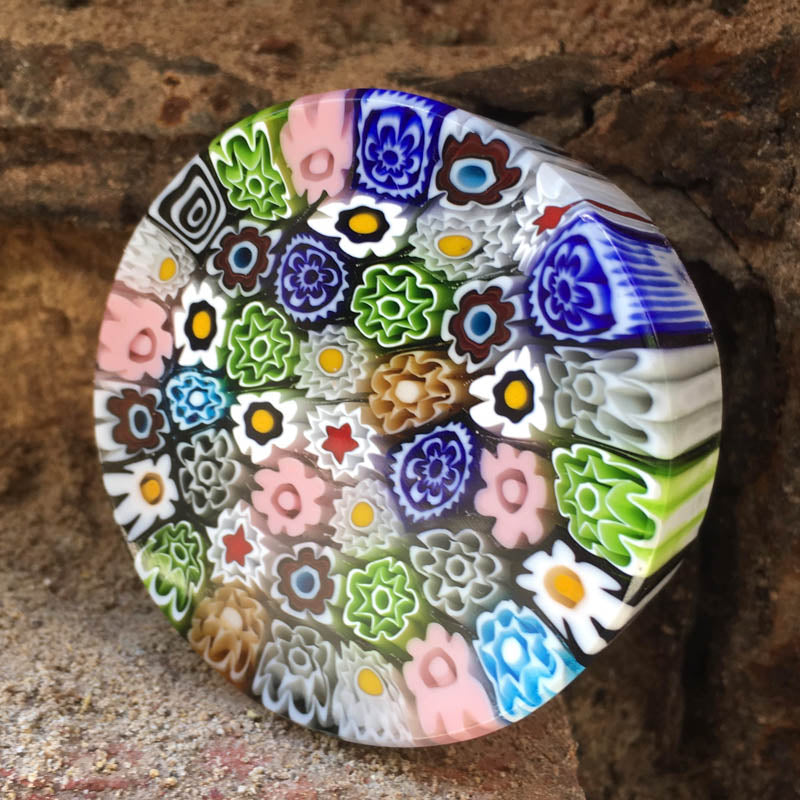
Literally a thousand flowers.This is used to describe small mosaic sections of glass made by fusing and marbling together regular arrangements of coloured canna , then pulling out the resulting t...
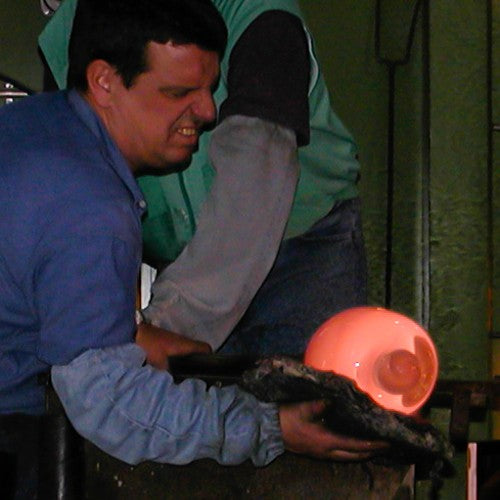
Full, not blown glass, processed under heat by modelling a block of glassy mass applied over the tip of a metal rod. This process appeared in Murano for the first time in the late 20s thanks to Fla...
It consists in a glass that, under a transparent colourless layer, contains inside it coloured corpuscles that, due to the diffraction of light, give the visual impression of smoke. It is o...
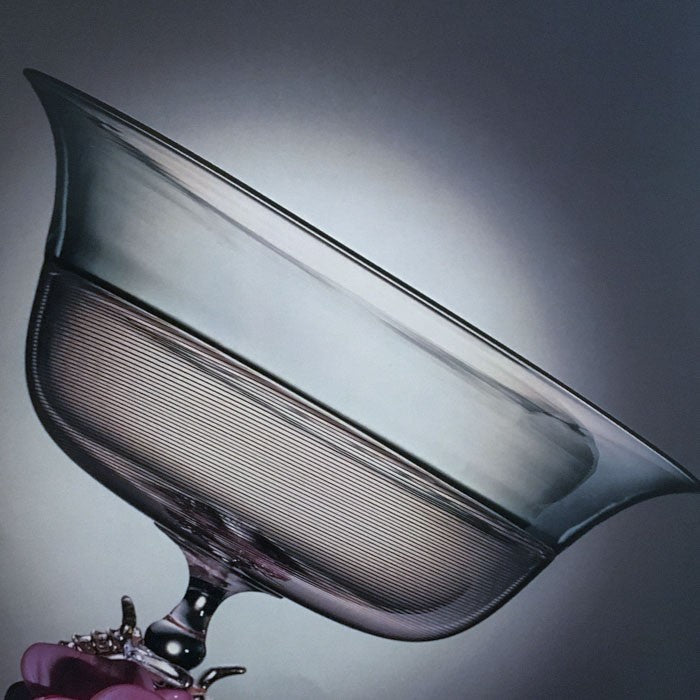
This is an ancient glass-making technique to make objects, consisiting of distinct parts joined after heat.Incalmo, in Venetian dialect literally means “graft” as in joining two parts. The name wa...
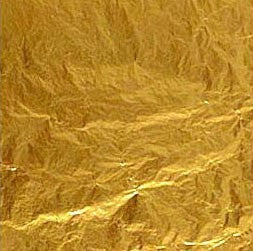
It is an elegant technique that consists in including a thin gold leaf in the glass. The operation begins by collecting a minimum quantity of glass and blowing it so to obtain a suitable base for ...
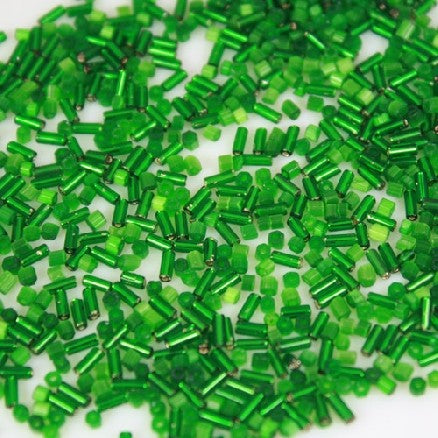
From "count", Portuguese. They mean money. The term is used to identify small beads obtained from sections of perforated cane. Once upon a time they were called conterie the largest pearl...
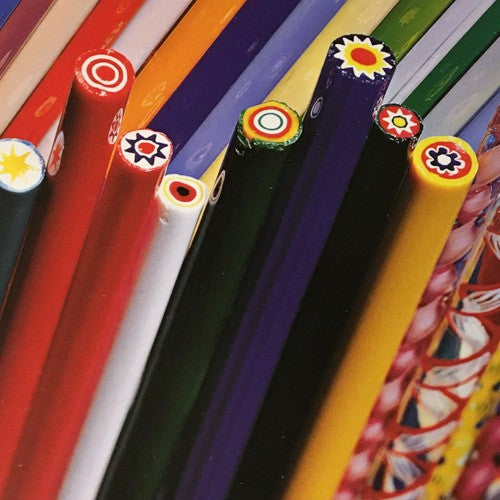
It is a long cylindrical glass rod. It is obtained from a glass bolo that is attached to the two ends and pulled in two opposite directions. The canna that comes out is placed on wooden strips p...
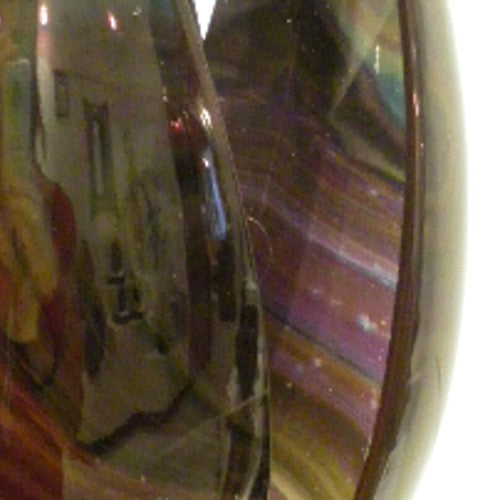
Glass with multicoloured hues, translucent, with opaque veins, obtained by adding to the molten mass, say colourless transparent glass, a pigmented mixture based on different oxides (generally copp...
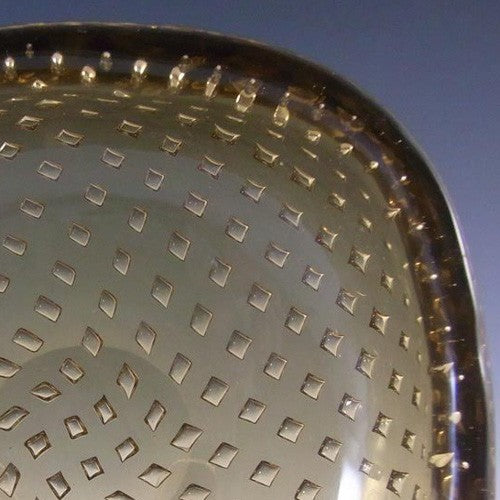
This is a thick glass whose decoration consists of several layers of tiny air bubbles arranged uniformly. To obtain it, the bolo is introduced into a special die lined with me...
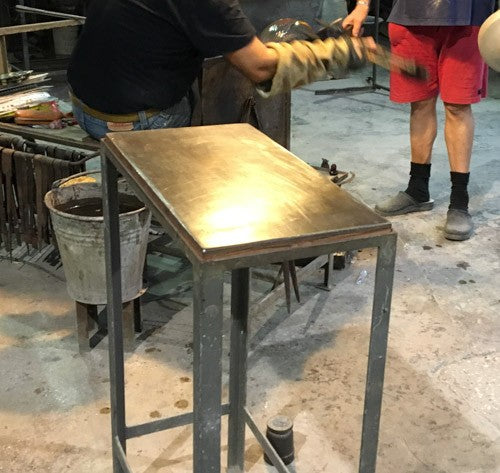
This is a flat, horizontally positioned cast iron plate, polished on one side, employed for rolling a glass pea to create a uniformly rounded bolo. This bolo develops on a surface that has been suf...
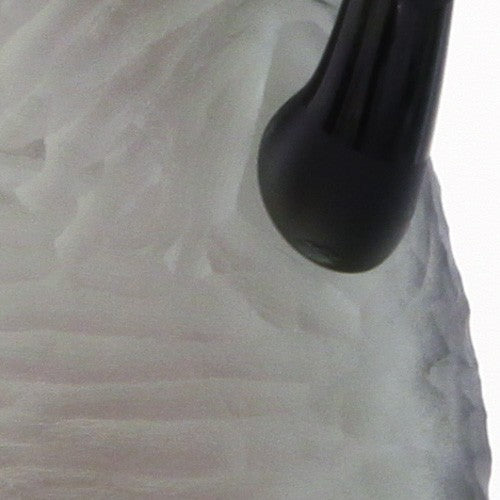
This is a type of glass whose surface has a homogeneous set of grindings of variable depth, slightly irregular, in imitation of hammered branches. The first examples of this type of process go bac...
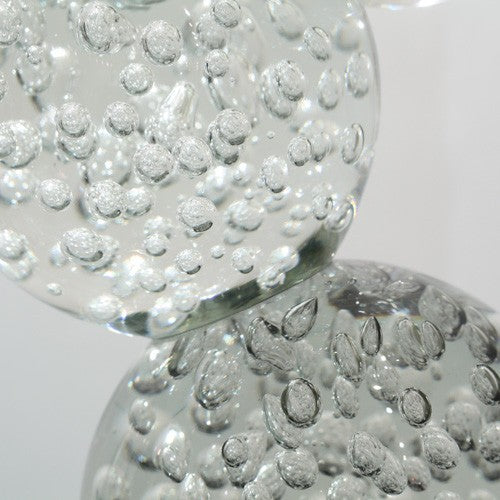
Metal mold with pyramidal points facing inwards and arranged regularly. By blowing the glass into the balotòn mold, it is possible to obtain a pine cone shape that can be used for further processi...
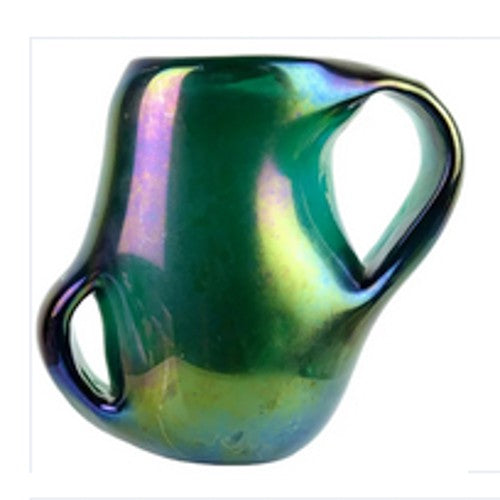
Glassware produced by the A.Ve.M. firm on design by Giorgio Ferro in the early 50s. It's a technique based on making a hole in the walls of a vase while still hot, and pressing it repeatedly onto ...
